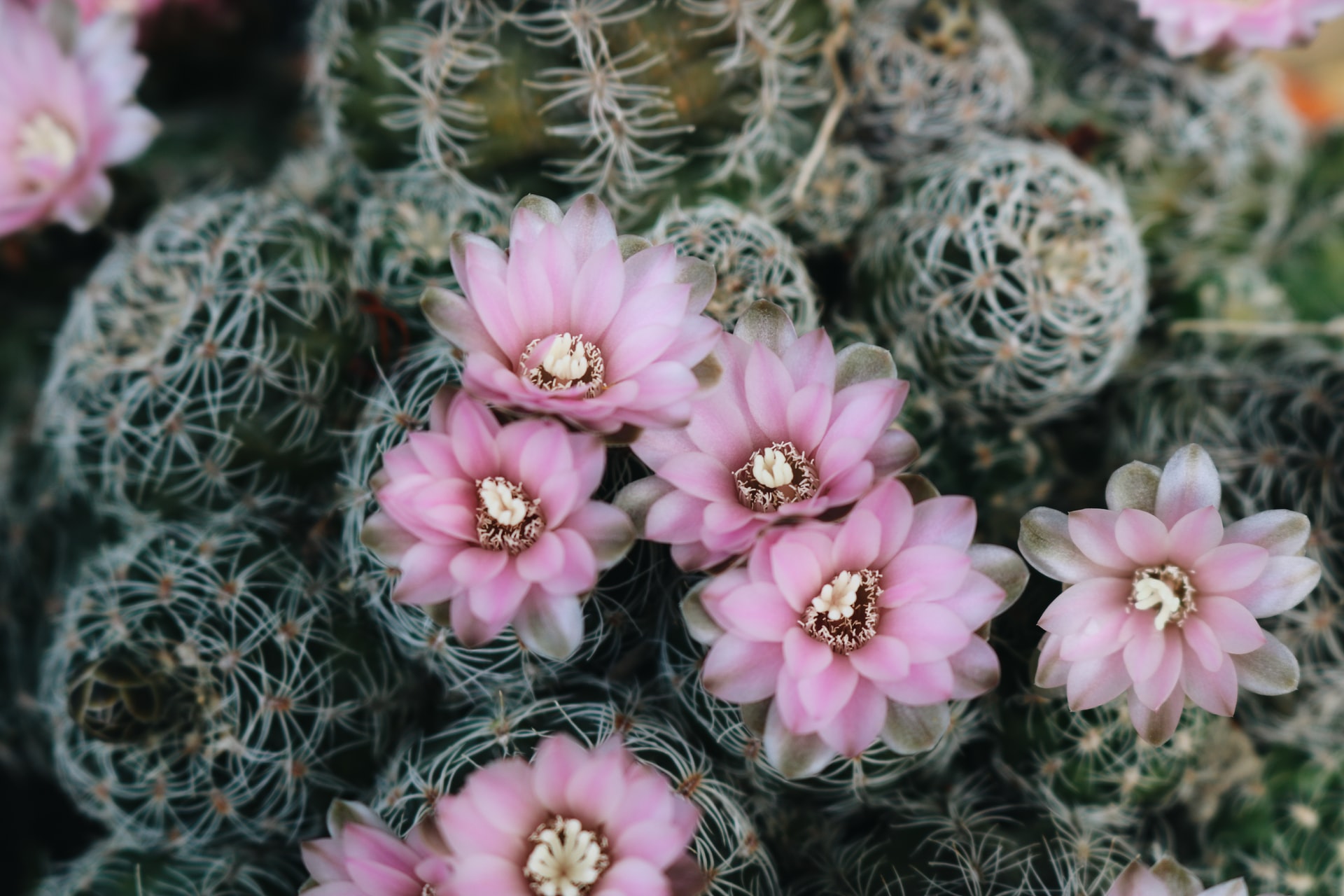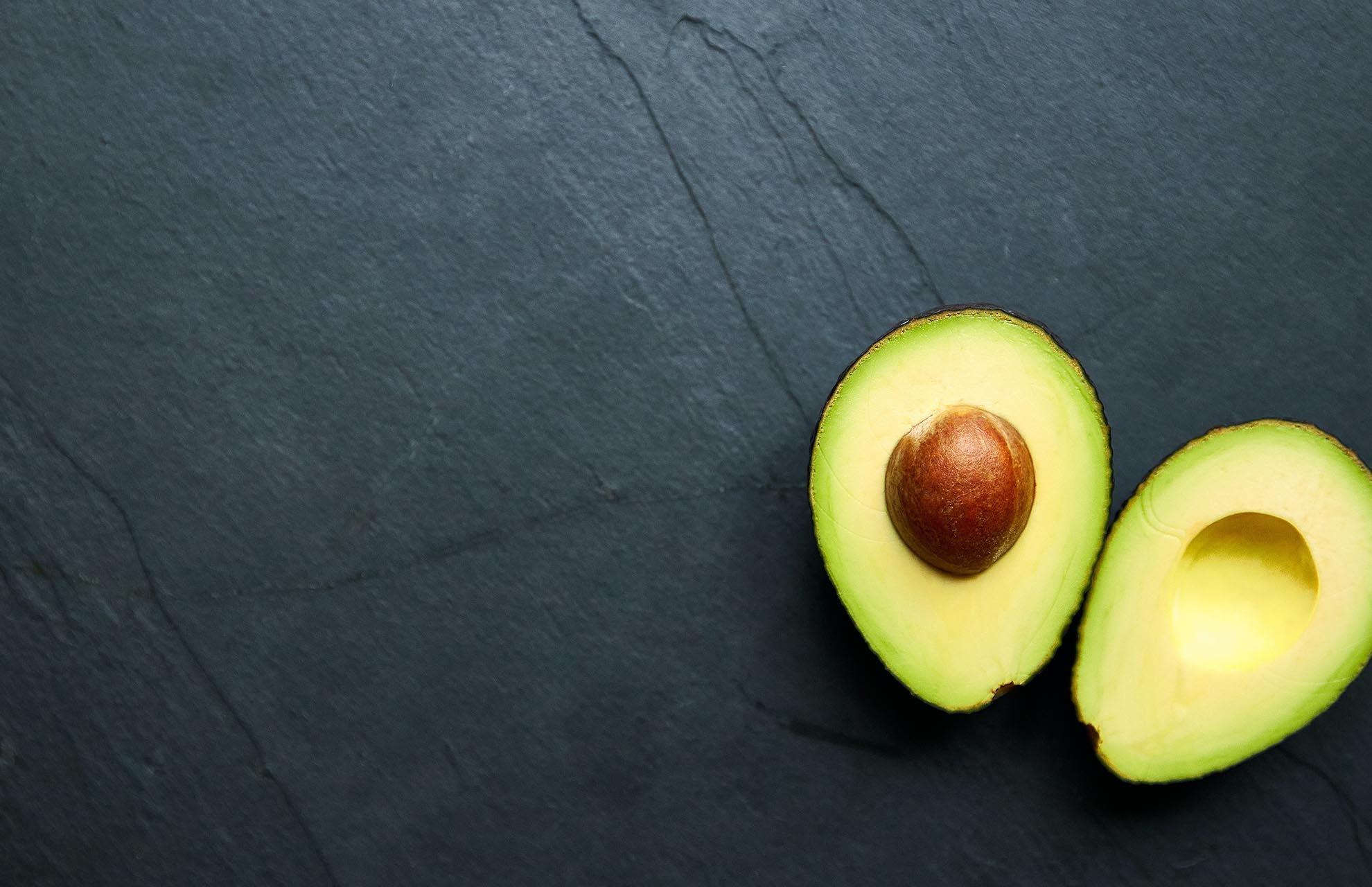Cactus soil is a potting mix that combines organic and inorganic components to provide a quick-draining, low-fertility environment. Perlite, gravel, grit, or broken granite are the main components of the ideal soil mixture for cacti since they help aerate the soil. Cactus plants grown indoors require a different potting soil mixture than those used for typical houseplants because they require a soil that drains quickly. Making your own cactus soil is simple, and it is less expensive than purchasing commercial cactus potting soil.
Similar to succulent potting soil mix, the recommended potting medium for cactus plants comprises more inorganic content. Water can drain quickly without becoming overly wet in a cactus potting mix that is primarily gravel (or grit) and contains some organic matter. Cacti require little moisture to survive in the outdoors, thus their potting soil should dry out rapidly.
Cactus plants can grow in an aerated, porous potting mix because it has excellent drainage. You won’t have many care challenges growing cacti indoors or outdoors as long as the soil mix is suitable for cacti and drains effectively.
When grown indoors, cactus plants don’t require a lot of nutrients. Therefore, rich organic elements like peat moss, compost, or wood chips are not necessary for cactus potting soil. These components can also cause root rot in your fleshy cactus plant and tend to hold too much moisture for cacti.
You’ll discover how to create the ideal cactus soil mixture in this guide. You’ll also discover a useful method for creating cactus soil for your houseplants.
Why Cactus Needs Special Soil
Because conventional plant soil retains too much moisture, cactus plants require a special type of soil. The roots of the cactus plant can absorb the hydration they require without holding on to too much moisture when the potting soil is light and porous. The extra water from watering the cactus should drain away from the soil. The cactus receive proper hydration this way, and rot and fungal infections are prevented.
What Is the Best Type of Soil for Cactus
Porous and airy soil mixtures are ideal for cacti. Combine gravel, grit, or other suitable materials with normal potting soil to create the perfect growing medium for cacti. One-third organic matter (or potting soil, which contains largely organic matter) and two-thirds inorganic matter is the ideal ratio for making a potting mix for cacti or succulents.
You can create your own well-draining cactus soil using small gravel chips, crushed granite, poultry grit, or aquarium gravel as soil additives. Because it is light and porous and works well for improving drainage in cactus potting soil, you can also use pumice or perlite.
Cactus plants, like other plants, must drink water to exist. Watering a cactus is best done by soaking the soil and then letting it air dry. In a day or two, the ideal cactus potting mixture need to dry out. Therefore, the ideal potting mixture should resemble the dry, arid conditions of cactus plants’ natural habitat.
Avoid adding soil supplements like vermiculite to a handmade cactus soil mixture. Although vermiculite aids in soil loosening, it holds too much moisture, making it unsuitable for cactus plant cultivation in containers.
Sand shouldn’t be added to a cactus potting mix, despite the fact that cacti naturally thrive in sandy deserts. For potting soil, sand that is too fine can prevent adequate drainage. Only extremely coarse horticultural sand should be used. For cactus soil, however, grit, gravel, perlite, or crushed stones are preferable.
How To Make Cactus Soil A Potted DIY Recipe
The following ingredients are a sample cactus soil recipe for plants to grow in:
- Just a little rock dust
- Builder’s sand, which I utilize in one area,
- Bagged potting soil, such as an African Violet mix, in four parts
- 5 components perlite
To stop your cactus’ tops from decaying, cover the top of the container soil with small rocks, aquarium stones, or fine-grade pea gravel. For every 5 liters of water, add 1 tablespoon of white vinegar to slightly raise the soil’s acidity.
Cactus Dirt For Desert Cactus
Despite the majority of scenarios you see in movies, cactus thriving in pure sand isn’t a positive thing. A rocky, nutrient-rich soil kept in a well-draining pot or container is what desert cactus, also known as Opuntia cactus or hairy old man cactus, prefer. Ascertain that nutrients such peat moss, coconut coir, pumice, perlite, or vermiculite enable a suitable balance of the soil’s aeration and drainage qualities.
Avoid using forest goods like wood chips and pieces of pine bark and instead start with a base of regular potting soil. Pumice, a light-weight and porous volcanic rock, should be added in two parts. In the absence of those materials, you can use vermiculite, perlite, NAPA oil dry number 8822, aquatic plant soil, non-soluble cat litter, or chicken grit. This component is essential because it provides adequate aeration and allows water to move through your potting mix fast.
Add some coconut coir lastly. This breaks down gradually, adding structure and aiding in the cactus mix’s ability to retain moisture. In contrast to peat, it is also wettable and does not compact during the wetting process.
Jungle cactus soil for cacti
Both lithophytic and epiphytic cacti are fairly universal in the jungle. In other words, they can grow on rocks or rely on the nearby trees to live.
These cactus species, called orchid cactus, have the unusual capacity to obtain their daily requirements from the air as well as from dead leaves or other detritus left in crevasses and fissures.
Therefore, you’ll require a potting mixture containing oak leaf mold, pumice, coconut coir, peat moss, bat guano, and some orchid bark or fir bark to replicate the jungle cactus’ natural growing environment.
Epiphytic cactus require potting soil that resembles that used for desert cacti. After that, you’ll need to make some adjustments.
Takeaway
Cacti are relatively simple to grow and maintain. Finding the proper soil for your plant is one of the most crucial things you must do to get better outcomes. Cactus soil should drain quickly while retaining just the correct quantity of moisture to provide the plant with food when it is required.









